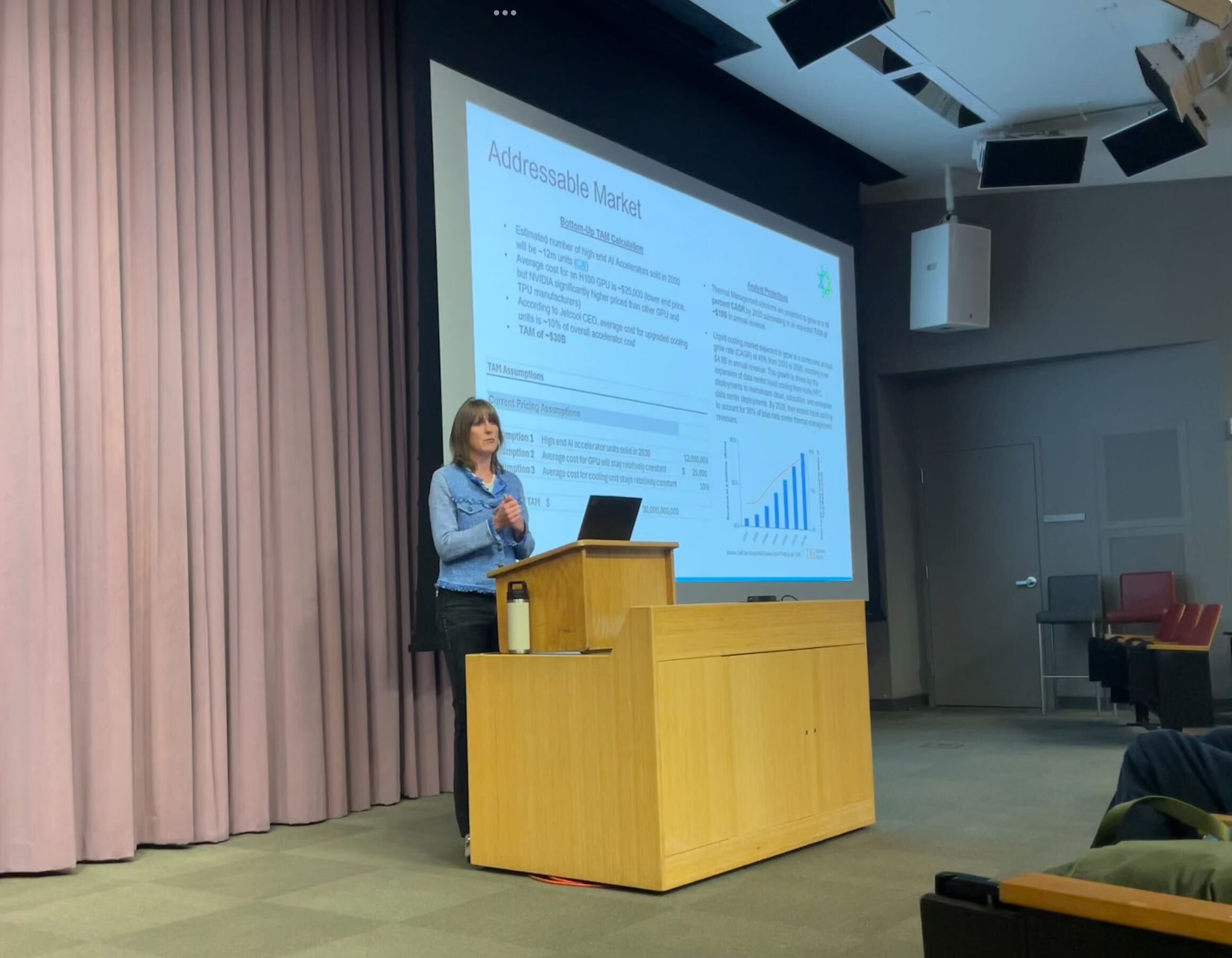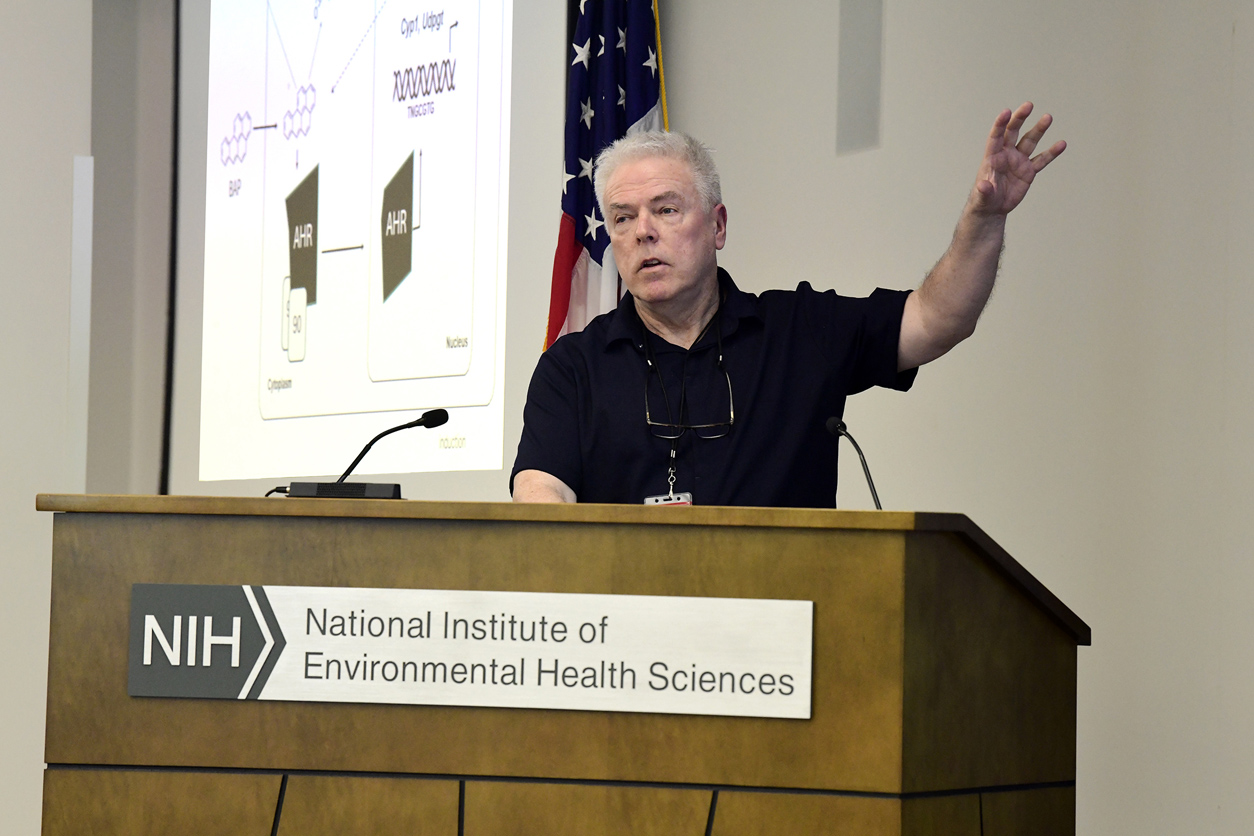NY bill aims to curb food waste through standardized labels – Democrat and Chronicle

Report on New York Senate Bill S7618: Advancing Sustainable Development Goals Through Food Waste Reduction
1.0 Introduction
A legislative proposal, New York State Senate Bill S7618, has been introduced to standardize food date labeling across the state. The bill aims to mitigate consumer confusion, reduce food waste, and address critical environmental challenges, thereby aligning with several United Nations Sustainable Development Goals (SDGs). Sponsored by Senator Michelle Hinchey and Assembly member Karines Reyes, this initiative seeks to create a uniform system for communicating food quality and safety.
2.0 Legislative Provisions and Core Objectives
The primary objective of the bill is to mandate a simplified and consistent food labeling framework. This framework is designed to directly support SDG 12 (Responsible Consumption and Production) by clarifying when food is safe to consume versus when it is at its peak quality.
2.1 Mandated Labeling Terminology
The bill requires food manufacturers to use only two specific terms on packaging:
- “Best if Used By”: This term will indicate the date until which the food product is expected to be at its peak quality.
- “Use By”: This term will indicate the last date the food is considered safe to eat, based on scientifically credible methods.
The legislation would concurrently prohibit the use of ambiguous terms such as “Sell By,” which frequently lead to the premature disposal of safe and edible food.
3.0 Alignment with Sustainable Development Goals (SDGs)
Senate Bill S7618 makes significant contributions to multiple SDGs by addressing the interconnected issues of food waste, environmental sustainability, and economic efficiency.
- SDG 12 (Responsible Consumption and Production): The bill is a direct response to SDG Target 12.3, which calls for halving per capita global food waste at the retail and consumer levels. By standardizing labels, it empowers consumers to make informed decisions, reducing unnecessary disposal and fostering sustainable consumption patterns.
- SDG 13 (Climate Action): The initiative supports climate action by reducing methane emissions. The bill’s sponsor memo highlights that food waste is the largest component of municipal landfills and a major contributor to greenhouse gases. Decreasing food waste directly lessens its environmental impact.
- SDG 2 (Zero Hunger): By preventing the disposal of edible food, the bill helps ensure that more food remains available within the supply chain. This can support food recovery efforts and increase the supply for those facing food insecurity.
- SDG 11 (Sustainable Cities and Communities): The reduction of food waste alleviates the burden on municipal waste management systems, contributing to more sustainable and resilient urban environments.
4.0 National Context and Economic Impact
Currently, the United States lacks a federal standard for food date labeling, with the exception of infant formula. This regulatory gap contributes to widespread food waste. Research from ReFED, a nonprofit focused on food waste reduction, underscores the economic and environmental benefits of standardized labeling.
4.1 Projected Outcomes
According to ReFED, implementing standardized date labels is a highly cost-effective solution with the potential to:
- Divert 772,000 tons of food waste from landfills annually.
- Generate nearly $4 billion in economic value.
5.0 Current Status and Implementation Timeline
The bill is progressing through the legislative process with a clear timeline for implementation if passed.
- Date of Introduction: April 23, 2025.
- Current Status: Under review by the State Senate Consumer Protection Committee.
- Proposed Effective Date: The law would take effect on July 1, 2027.
Analysis of SDGs, Targets, and Indicators
1. Which SDGs are addressed or connected to the issues highlighted in the article?
-
SDG 12: Responsible Consumption and Production
- The article’s central theme is the reduction of food waste through standardized food labeling. This directly aligns with SDG 12, which aims to ensure sustainable consumption and production patterns. The bill’s goal to “reduce food waste in New York” and “limit unnecessary food disposal” is a core component of this goal.
-
SDG 13: Climate Action
- The article explicitly links food waste to climate change, stating the bill’s objective is to “cut down on methane emissions from landfills.” It also notes that “food waste is the largest category of material in municipal landfills and a major contributor to greenhouse gas emissions.” This connects the issue directly to SDG 13, which calls for urgent action to combat climate change and its impacts.
-
SDG 11: Sustainable Cities and Communities
- The management of municipal waste is a key aspect of sustainable cities. The article highlights that “food waste is the largest category of material in municipal landfills.” By aiming to reduce this waste, the bill contributes to making waste management in cities more sustainable, which is a focus of SDG 11.
-
SDG 2: Zero Hunger
- While the primary focus is on waste, the bill also addresses food safety and consumer understanding. By clarifying the meaning of date labels with terms like “Use By” to indicate “the last date food is considered safe to eat,” the bill helps ensure that consumers have access to safe food and do not prematurely discard food that is still good, indirectly supporting the goal of ending hunger and ensuring food security.
2. What specific targets under those SDGs can be identified based on the article’s content?
-
Target 12.3: Halve per capita global food waste
- This target aims to “by 2030, halve per capita global food waste at the retail and consumer levels.” The New York State Senate Bill S7618 directly addresses consumer-level food waste by proposing uniform labeling to “reduce confusion” and “limit unnecessary food disposal.” The article cites a ReFED estimate that standardizing labels could “divert 772,000 tons of food waste annually,” which is a direct contribution to this target.
-
Target 13.2: Integrate climate change measures into national policies
- This target calls for integrating climate change measures into policies and planning. The proposed bill is a state-level policy designed to mitigate climate change by reducing methane emissions from landfills, which are described as a “major contributor to greenhouse gas emissions.” This legislative action is a clear example of integrating climate considerations into consumer protection and waste management policy.
-
Target 11.6: Reduce the environmental impact of cities
- This target aims to “by 2030, reduce the adverse per capita environmental impact of cities, including by paying special attention to… municipal and other waste management.” The article states that food waste is the “largest category of material in municipal landfills.” The bill’s effort to reduce this specific stream of waste directly contributes to improving municipal waste management and lessening the environmental burden of cities.
3. Are there any indicators mentioned or implied in the article that can be used to measure progress towards the identified targets?
-
Indicator for Target 12.3: Food loss index and food waste index
- The article provides a specific, quantifiable metric that can serve as an indicator of progress. It cites a ReFED estimate that standardizing date labels “could divert 772,000 tons of food waste annually.” This figure directly measures the reduction in food waste at the consumer level.
-
Indicator for Target 13.2: Greenhouse gas emissions
- The article implies an indicator by stating the bill’s goal is to “cut down on methane emissions from landfills.” Progress could be measured by tracking the reduction in methane (a potent greenhouse gas) emissions from New York’s landfills as a result of decreased food waste disposal.
-
Indicator for Target 12.3 (Economic): Economic value generated
- The article mentions that the proposed measure could “generate nearly $4 billion in economic value.” This serves as an economic indicator of the benefits derived from reducing food waste, aligning with the broader goals of sustainable consumption.
-
Indicator for Target 11.6: Amount of municipal solid waste
- The article’s statement that “food waste is the largest category of material in municipal landfills” implies that a key indicator would be the reduction in the total volume or percentage of food material within the municipal solid waste stream.
4. Table of SDGs, Targets, and Indicators
| SDGs | Targets | Indicators |
|---|---|---|
| SDG 12: Responsible Consumption and Production | Target 12.3: By 2030, halve per capita global food waste at the retail and consumer levels. |
|
| SDG 13: Climate Action | Target 13.2: Integrate climate change measures into national policies, strategies and planning. |
|
| SDG 11: Sustainable Cities and Communities | Target 11.6: By 2030, reduce the adverse per capita environmental impact of cities, including by paying special attention to… municipal and other waste management. |
|
Source: democratandchronicle.com

What is Your Reaction?
 Like
0
Like
0
 Dislike
0
Dislike
0
 Love
0
Love
0
 Funny
0
Funny
0
 Angry
0
Angry
0
 Sad
0
Sad
0
 Wow
0
Wow
0















































































